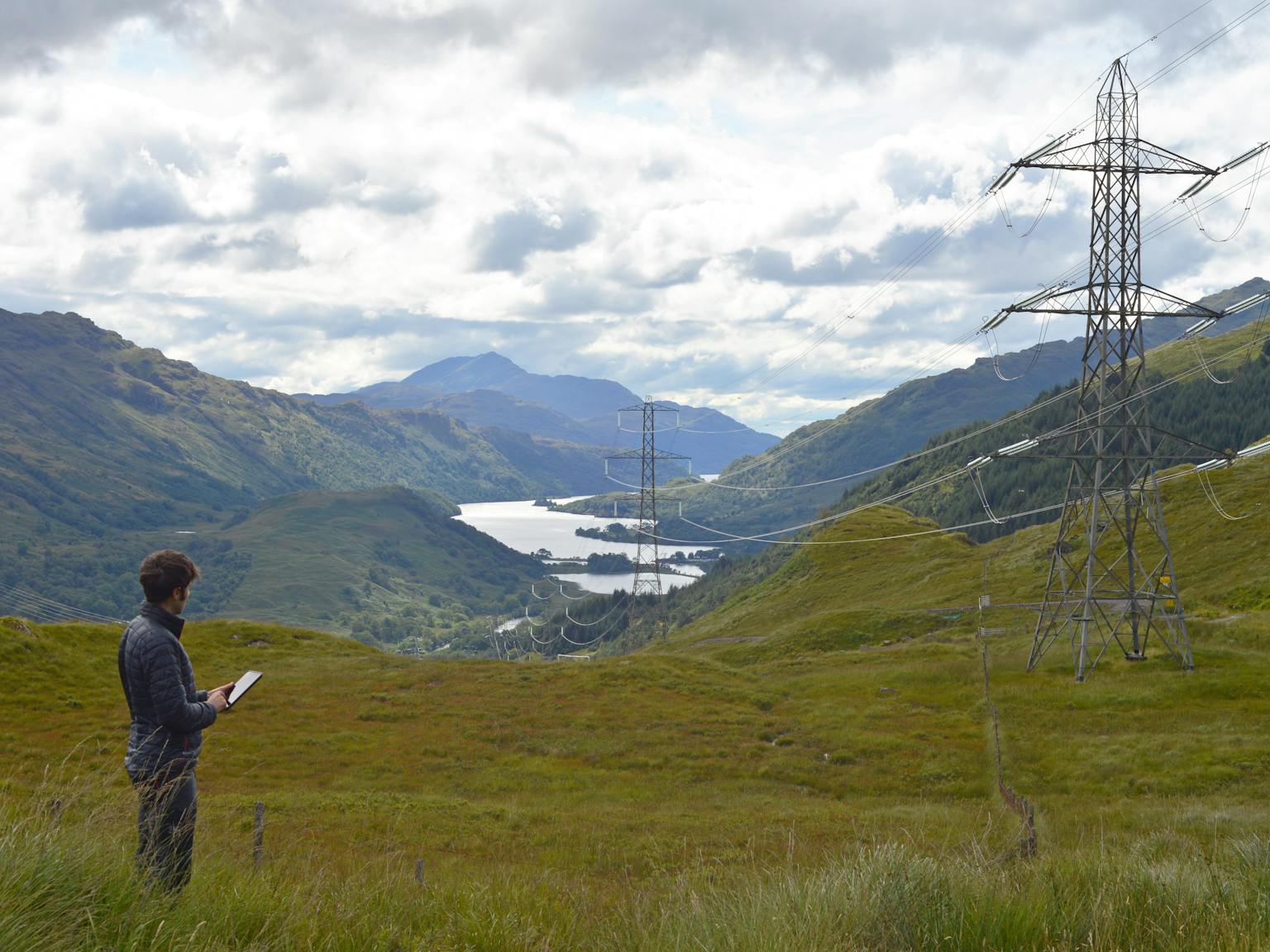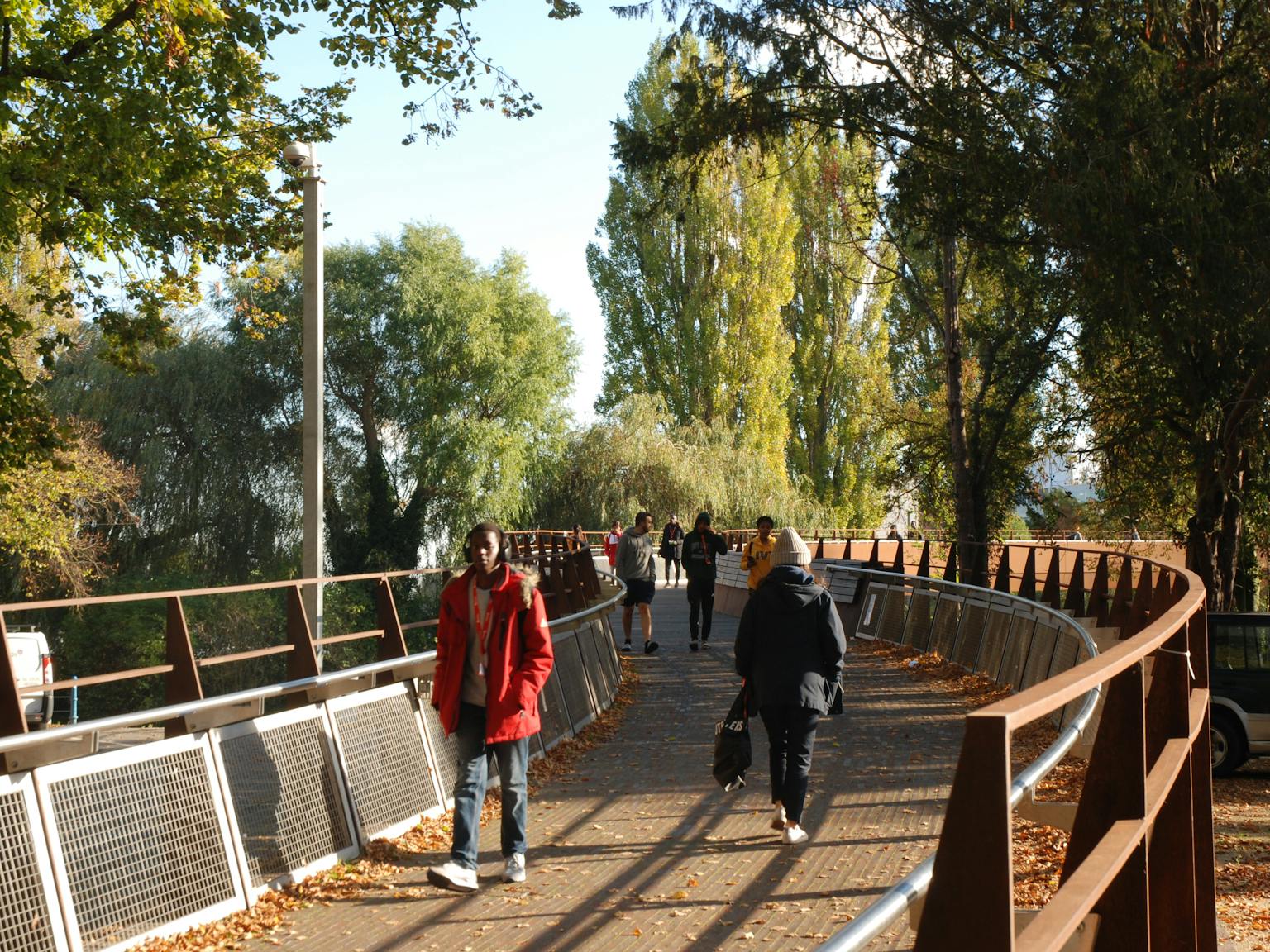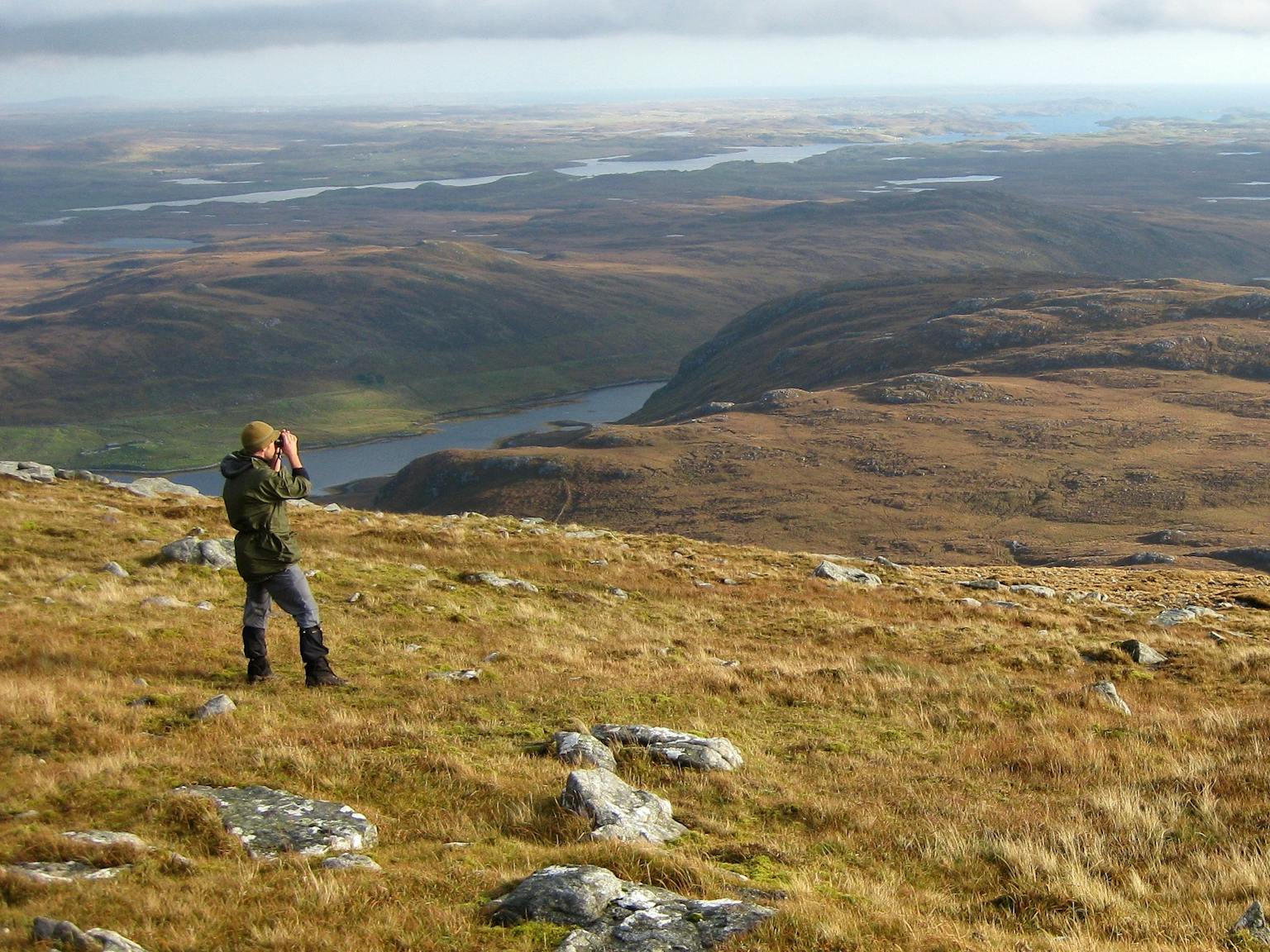
LUC’s Guide to the National Green Belt Policy Changes
The latest National Planning Policy Framework has been published, bringing big changes to Green Belt policy.
Over the past 15 years, LUC has assessed well over a third of all Green Belt land in the country, across over 65 local planning authorities, including Cambridge, Greater London, Greater Manchester, Oxford, the West Country, and West Midlands.
Read our summary and insights here to understand what this means for plan-making and development management in and around a Green Belt near you.
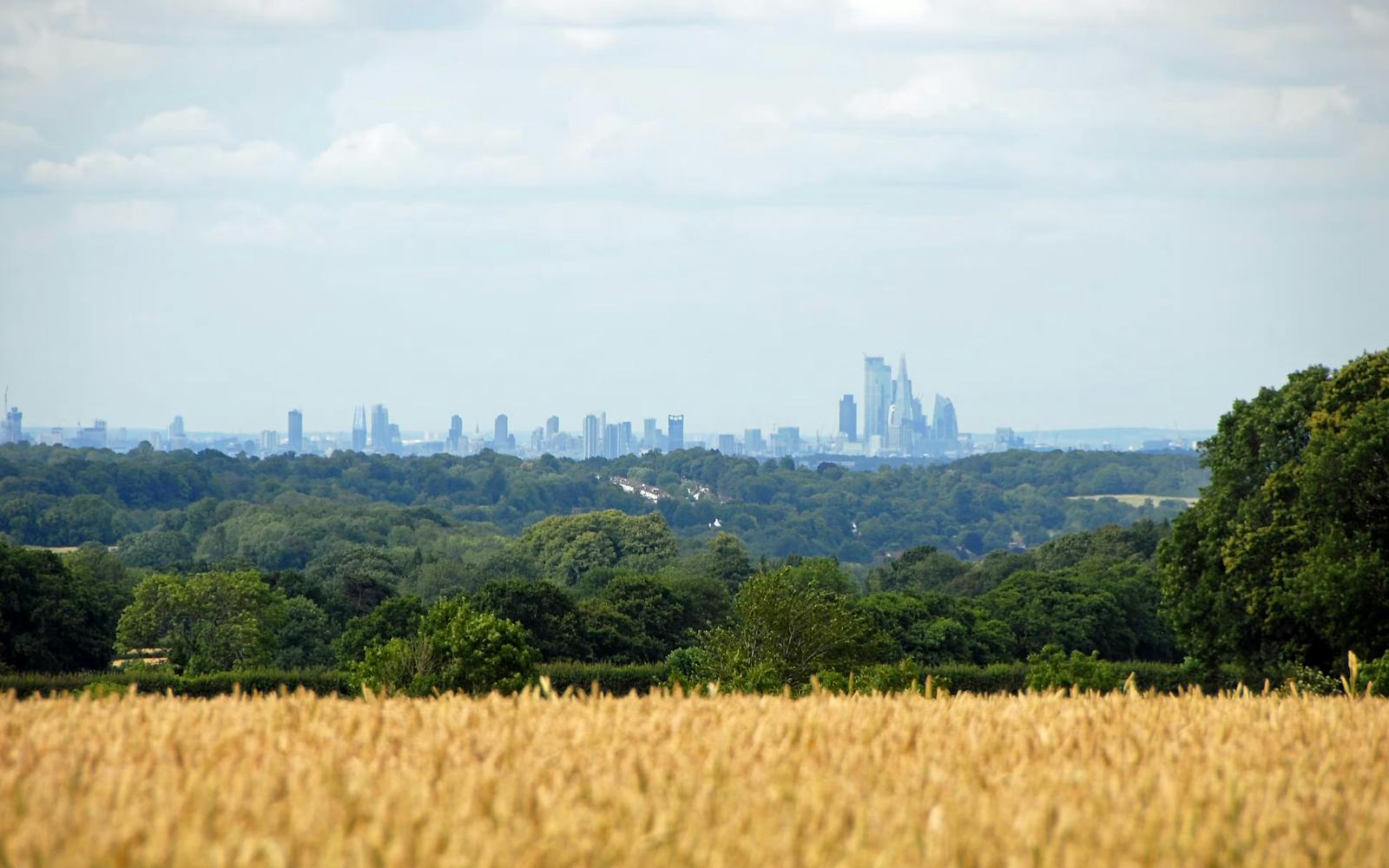
Notable changes since the consultation version was published over the summer include:
- The definition of ‘grey belt’: Now defined as ‘land in the Green Belt comprising previously developed land and/or any other land that, in either case, does not strongly contribute to any of purposes (a), (b), or (d) in paragraph 143’. ‘Grey belt’ excludes land where the application of the policies relating to the areas or assets in footnote 7 (other than Green Belt) would provide a strong reason for refusing or restricting development.’ The absence of reference to Green Belt purpose c (safeguarding the countryside from encroachment) is potentially the most significant change given that most Green Belt land performs strongly to this purpose. In addition, the emphasis on ‘not strongly contributing land’ as opposed to land making a ‘limited contribution’ offers greater scope for more moderately performing Green Belt land to be classed as grey belt. In combination, these two changes have the potential for significantly larger areas of grey belt land being identified than under the previous definition of grey belt.
- Focus on more localised fundamental impacts (Paragraph 146): An amendment to the exceptional circumstances test that Green Belt boundary alterations should meet development ‘needs in full, unless the review provides clear evidence that doing so would fundamentally undermine the purposes (taken together) of the remaining Green Belt, when considered across the area of the plan.’ Reference to ‘the purposes (taken together) of the remaining Green Belt, when considered across the area of the plan’ replaces the previously more general reference to ‘function of the Green Belt across the area of the plan as a whole.’ This change has the potential to place greater emphasis on the need to consider more localised impacts on the purposes. (The same updated wording is reused with reference to the appropriateness of development on grey belt land in paragraph 155.) This is still a very high bar, but perhaps slightly lower than the consultation version.
- Prioritisation of previously developed land and then open ‘grey belt’ land (Paragraph 148): A helpful clarification that previously developed Green Belt land should be prioritised for development and release over and above ‘grey belt that is not previously developed’.
- Sustainable patterns of development should still prevail (Paragraph 148): Changes to the sequential test elevate the importance of sustainable patterns of development that while priority should be given to previously developed land followed by grey belt land, this is within the context of an overall sustainability judgement, including consideration of sustainable transport. This enables local planning authorities to continue to make sensible judgements (through the Plan-making process) about the most sustainable locations within which to meet development needs. For example, more sustainable greenfield sites on higher-performing Green Belt land (such as around train stations) could still be preferred and allocated before all previously developed land and grey belt opportunities have to be exhausted.
- Promoting sustainable transport (Paragraph 148): The established need for Green Belt boundary reviews to ‘promote sustainable patterns of development’ now places particular emphasis on promoting sustainable transport through reference to paragraphs 110 and 115 of the Framework. However, it is important to note that there is also a new emphasis on the need for authorities to ‘review Green Belt boundaries in accordance with the policies in this Framework’ (paragraph 146), which refers more broadly to other important planning considerations. (The same updated wording is reused with reference to the appropriateness of development on grey belt land in paragraph 155.)
- Openness test not applicable to grey belt (Paragraph 153): The established substantial ‘weight given to any harm to the Green Belt’ in development management decisions is expanded to refer to the need to consider ‘harm to its openness’ except where proposals fall on previously developed or grey belt land ‘where development is not inappropriate’. Consequently, open grey belt land would not be subjected to the same level of scrutiny as open Green Belt land.
- More land uses not inappropriate on ‘grey belt’ land (Paragraph 155): The new reference to housing, commercial and other development being regarded as not inappropriate on grey belt land has been expanded to reference a more general ‘demonstrable unmet need for the type of development proposed’, i.e. it no longer applies to just housing and now includes reference to ‘traveller sites.’
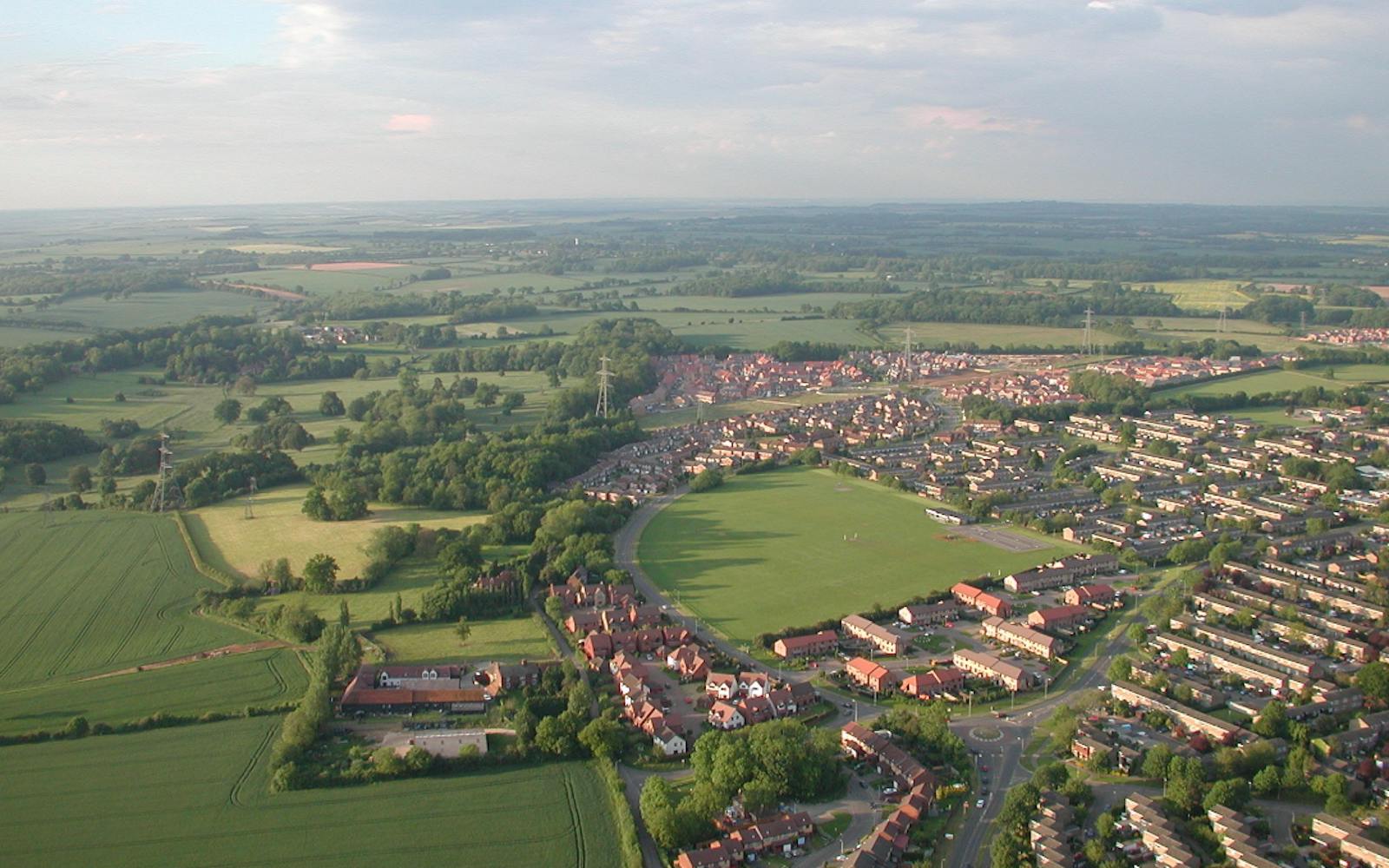
- Development of homes, commercial and other development in the Green Belt now not necessarily inappropriate (Paragraph 156): For the first time in Green Belt planning history, the development of homes, commercial and other development at significant scale is not regarded as inappropriate development in the Green Belt if the full suite of requirements set out paragraph 146 are met, including the ‘golden rules’ for major development in the Green Belt, e.g. 10 or more homes.
- Golden rule exceptions (Paragraph 156): The ‘golden rules’ for Green Belt housing allocations and applications do not apply to ‘(i) developments brought forward on land released from the Green Belt through plans that were adopted prior to the publication of this Framework; and (ii) developments that were granted planning permission on Green Belt land prior to the publication of this Framework.’
- Golden rule transitional arrangements (Paragraph 157): New transitional arrangements are set out with regard to the golden rule of delivering high percentages of affordable housing within or on released Green Belt land.
- Replacement of general compensatory improvements (Paragraph 159): The golden rule to provide improvements to green spaces must now ‘contribute positively to the landscape setting of the development, support nature recovery and meet local standards for green space provision where these exist in the development plan.’ And ‘Where land has been identified as having particular potential for habitat creation or nature recovery within Local Nature Recovery Strategies, proposals should contribute towards these outcomes.’ Both are welcome points of detail for Green Belt plan-making and development management decisions.
There is still significant scope for change
Although the new NPPF provides a clear direction of travel, the full implications of the changes cannot be determined until the publication of the additional Planning Practice Guidance, promised by January next year. This will include:
- How to deliver a consistent approach to the identification of grey belt land.
- How the performance of Green Belt should be assessed.
- How to ensure that parcels of land identified for development do not fundamentally undermine the purpose of the wider Green Belt.
- The role of Local Nature Recovery Strategies in enhancing the Green Belt.
We have been talking directly with the Ministry of Housing Communities and Local Government (MHCLG) about what the guidance might say and look forward to discussing more in the new year.
The way ahead is clear
We must:
- Maximise the sustainable potential of brownfield and underutilised land outside our Green Belts.
- Revise Green Belt boundaries to meet any remaining shortfall in development needs by:
– prioritising the sustainable potential of previously developed Green Belt land first;
– identifying and prioritising the sustainable development of undeveloped grey belt land second; and then,
– consider other sustainable Green Belt locations.
Unless we can demonstrate through clear evidence that the only options for Green Belt release and development would fundamentally undermine the purposes (taken together) of the remaining Green Belt when considered across the area of the plan.
- Only designate new Green Belt land in exceptional circumstances, for example when planning for larger-scale development such as new settlements or major urban extensions.
We’re already doing this up and down the country, with several LUC Green Belt and Growth Options studies being finalised for local authorities and developers in the next few months and many more planned for later in the new year.


